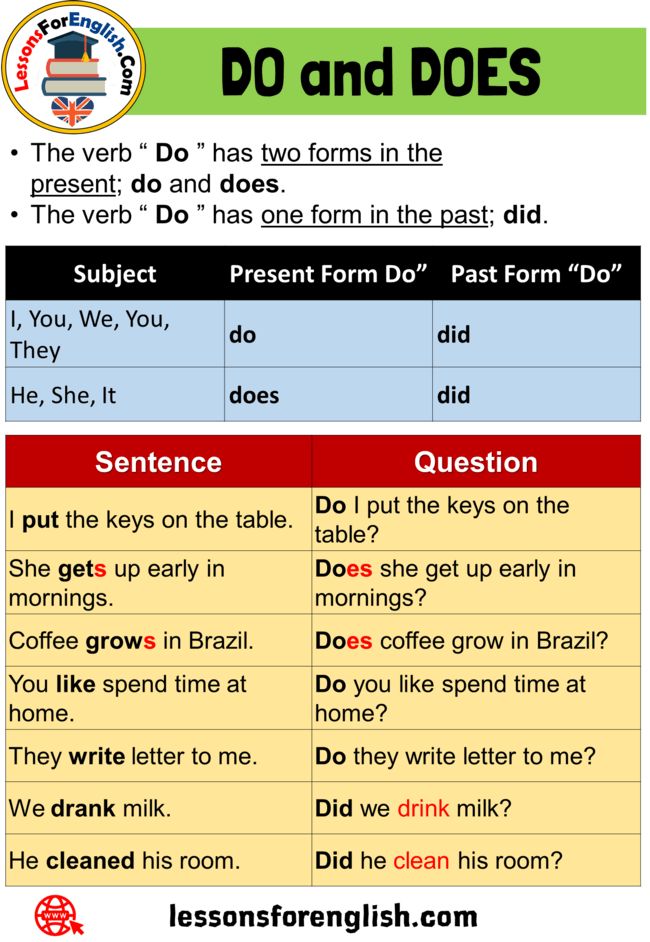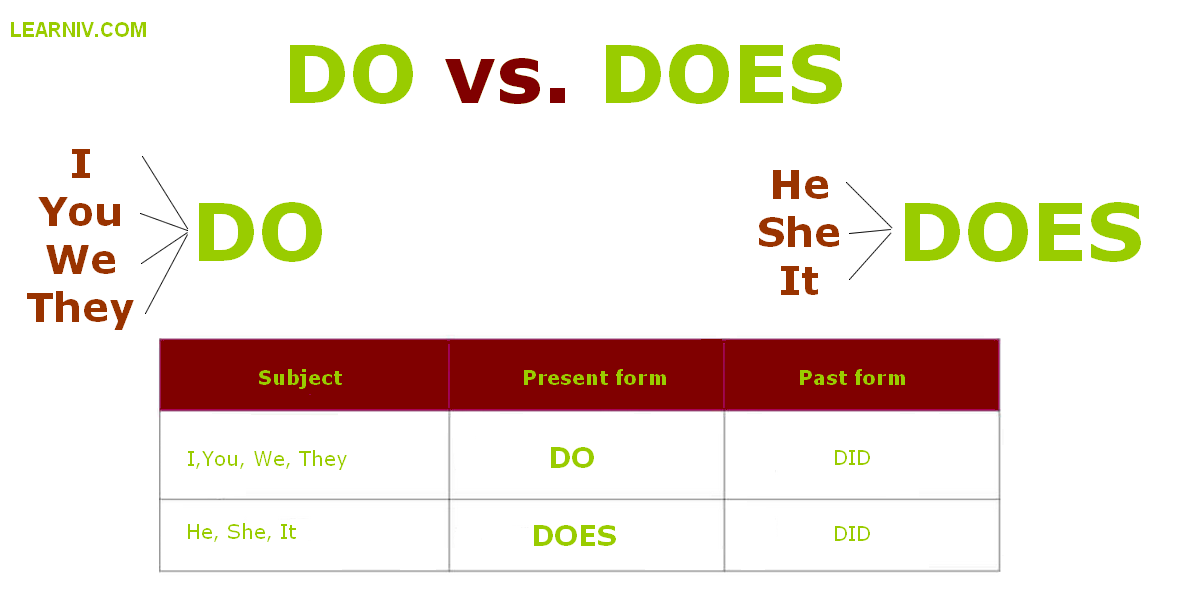Maximizing Marketing Success: Personal Selling Roles, Persona Data, and Contractual Vertical Marketing Systems Explained
Introduction
In today’s highly competitive business environment, companies must leverage multiple marketing tools to stand out and achieve sustained growth.
Personal selling
, detailed
buyer personas
, and efficient
distribution systems
are three critical pillars that support this objective. In this comprehensive guide, we will explore two major roles that personal selling serves in a firm’s overall marketing effort, outline the essential information required in a marketing persona, and explain the three most common variations of contractual vertical marketing systems. Actionable insights and real-world examples will help you apply these concepts to your organization’s strategy.

Source: afribary.com
The Major Roles of Personal Selling in Marketing
Personal selling
is a direct, face-to-face method of communicating with potential buyers and is often the most effective approach for complex products, high-value transactions, or relationship-driven sectors. Let’s examine two of its most significant roles in a firm’s marketing efforts:
1. Building Trust and Long-Term Relationships
Personal selling enables direct, two-way communication, allowing salespeople to engage deeply with clients and address their unique needs. This interaction is crucial for building trust. A strong relationship not only increases the likelihood of an initial sale but also promotes loyalty and repeat business. For example, in commercial real estate or high-end B2B services, ongoing dialogue and customized solutions foster customer retention and positive word-of-mouth referrals [1] . Trust-building through personal selling is also critical in industries where the perceived risk is high or the purchase cycle is lengthy [4] .
-
Implementation Steps:
Train your sales team in active listening and consultative selling. - Encourage follow-up meetings and after-sales support to reinforce relationships.
- Document customer preferences and feedback to personalize future interactions.
Potential Challenges:
Building trust is a long-term investment and may require significant time and resources. Not every prospect will convert, so tracking relationship progress and return on investment is essential.
2. Conveying Complex or High-Value Information
For products or services that are technical, customized, or high-stakes, personal selling is the most effective way to convey value. Salespeople can explain features, answer technical questions, and tailor their pitch to the prospect’s specific context. For instance, a software solutions provider can use a personal sales approach to demonstrate a product’s integration capabilities to a client’s unique workflow, overcoming objections in real time [1] .
-
Implementation Steps:
Develop in-depth product training for your sales team. - Use live demonstrations or interactive presentations during sales calls.
- Encourage your team to ask probing questions to uncover underlying pain points and address them on the spot.
Potential Challenges:
This approach requires highly skilled sales professionals and can be costly. However, it is highly effective for closing deals that require personalized assurance and detailed explanations.
Essential Information for an Effective Marketing Persona
A
marketing persona
is a detailed, semi-fictional representation of your ideal customer, built from market research and real data. Creating robust personas helps your marketing and sales teams target the right audience with tailored messages and offers. Here’s what to include:
1. Demographic Details
Include age, gender, location, education, and occupation. These basics help you segment your audience and choose appropriate marketing channels.
2. Psychographic Data
Understand your persona’s interests, values, motivations, and lifestyle. This information informs your messaging and value propositions. For example, a persona who values sustainability may be more responsive to eco-friendly product messaging.
3. Behavioral Insights
Document typical buying behaviors, preferred channels (e.g., online, in-person), purchasing triggers, and objections. Knowing what motivates or hinders your persona’s buying decisions helps craft more effective sales scripts and marketing copy.
4. Pain Points and Goals
Identify the primary challenges your persona faces and what they hope to achieve. Tailor your product’s benefits to address these specific needs.
5. Decision-Making Process
Map out the steps your persona takes before making a purchase, including who else is involved in the decision. This insight allows you to target influencers and address common bottlenecks.
-
Implementation Steps:
Gather data through customer interviews, surveys, and analytics. - Create detailed persona documents and share them with marketing, sales, and product teams.
- Regularly update your personas as market trends and customer behaviors evolve.
Alternative Approaches:
If you lack detailed customer data, start with broad assumptions and refine your personas as you collect more information through A/B testing, customer feedback, and sales interactions.
Three Variations of Contractual Vertical Marketing Systems
A
Contractual Vertical Marketing System (VMS)
is a formal agreement among channel members (producers, wholesalers, retailers) to coordinate activities for mutual benefit. These systems help companies achieve greater control and efficiency across the distribution chain.

Source: studynotesexpert.com
1. Wholesaler-Sponsored Voluntary Chains
In this system, a wholesaler develops a relationship with independent retailers through contracts, enabling them to standardize buying practices, streamline inventory, and benefit from shared promotions. For example, a regional food distributor may coordinate marketing and purchasing with a network of grocery stores, giving both parties more negotiating power with manufacturers.
-
Implementation Steps:
Approach like-minded retailers and establish terms for participation. - Set up standardized ordering, delivery, and marketing processes.
- Regularly review performance and adjust agreements as needed.
2. Retailer Cooperatives
Here, independent retailers join forces to form a cooperative that manages central buying and marketing functions. This approach allows smaller stores to compete with large chains by pooling resources. For example, Ace Hardware stores are independently owned but operate under a cooperative model, sharing branding, advertising, and purchasing power.
-
Implementation Steps:
Assemble interested retailers and draft a cooperative agreement. - Establish a central office for purchasing and marketing operations.
- Monitor member satisfaction and financial outcomes to ensure continued participation.
3. Franchise Organizations
In a franchise system, a franchisor licenses its brand, business model, and operational procedures to independent franchisees. This model is common in fast food, hospitality, and retail. For example, McDonald’s operates through a franchise system, providing franchisees with brand recognition, supply chain support, and marketing resources in exchange for fees and adherence to company standards.
-
Implementation Steps:
Develop a comprehensive franchise agreement outlining rights, responsibilities, and performance criteria. - Provide training and ongoing support to franchisees.
- Regularly audit franchisees to maintain quality and compliance.
Accessing Services and Opportunities
If you are interested in implementing any of these strategies within your business, here are actionable steps to get started:
-
For Personal Selling:
Begin by assessing your current sales process and identifying areas where direct engagement could lead to higher conversion rates or stronger relationships. Invest in sales training and consider shadowing top performers to learn best practices. -
For Persona Development:
Use surveys, interviews, and CRM data to gather insights about your customers. If you need tools or templates, search for “marketing persona templates” on reputable marketing education websites or platforms like the American Marketing Association. -
For Contractual VMS:
If you’re a retailer or wholesaler, reach out to trade associations or legal advisors familiar with cooperative or franchise models. Draft agreements with clear expectations and performance metrics. Many industry-specific organizations offer resources and case studies to guide you through the process.
Always consult authoritative sources and legal counsel before entering into formal distribution or franchise agreements. If you are looking for additional guidance, you may consider searching for “vertical marketing systems” on websites such as the U.S. Small Business Administration or industry trade groups for sector-specific advice.
Key Takeaways
-
Personal selling
is invaluable for building trust and conveying complex value, especially in high-value or relationship-driven sectors. -
Marketing personas
should include demographic, psychographic, behavioral, and decision-making information to inform targeted campaigns. -
The three main
contractual vertical marketing systems
are wholesaler-sponsored voluntary chains, retailer cooperatives, and franchise organizations. - Comprehensive planning, ongoing training, and alignment between sales and marketing are critical for success in each area.
References
MORE FROM todayhiring.us













